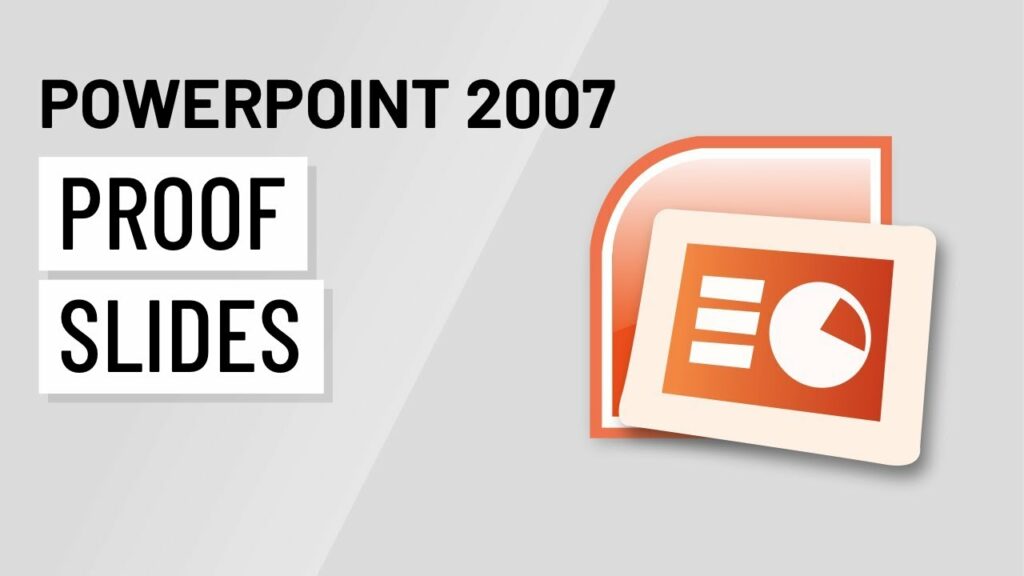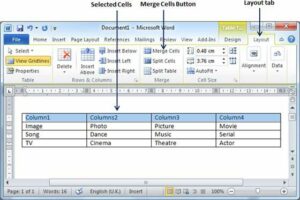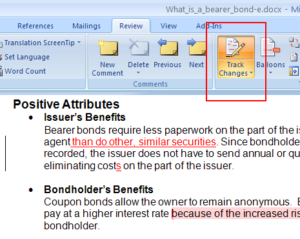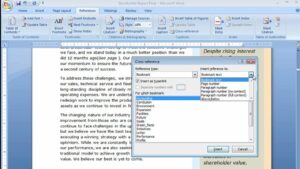Navigating Perfection: A Comprehensive Guide to Proofing Slides in MS PowerPoint 2007

Introduction:
In the realm of presentation design, attention to detail is paramount. Microsoft PowerPoint 2007, a stalwart in the world of presentations, introduces a robust set of proofing tools to ensure the accuracy, clarity, and professionalism of slides. This comprehensive guide explores the intricacies of proofing slides in PowerPoint 2007, unraveling the features, techniques, and best practices that empower users to refine their presentations to perfection.
I. The Imperative of Proofing in PowerPoint 2007:
- Quality Assurance: Proofing is a critical step in the presentation creation process, serving as a quality assurance measure. It involves reviewing and correcting content to eliminate errors, enhance clarity, and maintain a professional standard.
- Audience Engagement: Well-proofed slides contribute to a seamless and engaging presentation experience. Ensuring that the content is error-free allows the audience to focus on the message without distractions or confusion.
II. Spell Checking in PowerPoint 2007:
- Automatic Spell Check: PowerPoint 2007 features an automatic spell check tool that reviews text throughout the presentation for spelling errors. Misspelled words are highlighted, and suggested corrections are provided for quick and efficient proofing.
- Customizing Spell Check Options: Users can customize spell check options to accommodate specific needs. Adjusting settings such as ignoring certain words, enabling or disabling grammar checking, and selecting the proofing language enhances the accuracy of the spell check process.
III. Grammar Checking for Enhanced Clarity:
- Grammar Check Features: PowerPoint 2007 extends proofing capabilities beyond spell checking with integrated grammar check features. The grammar check tool identifies grammatical errors and offers suggestions for improved sentence structure and clarity.
- Fine-Tuning Grammar Options: Users can fine-tune grammar check options to align with their writing style and preferences. Adjusting settings related to sentence structure, writing style, and punctuation enhances the effectiveness of the grammar check process.
IV. Thesaurus and Word Choice:
- Accessing the Thesaurus: PowerPoint 2007 includes a Thesaurus tool that assists users in finding synonyms and exploring alternative word choices. This feature is valuable for enhancing vocabulary and ensuring variety in language usage.
- Utilizing Word Choice Suggestions: When proofing slides, users can leverage the Thesaurus to explore suggested word choices. This not only improves the richness of language but also helps convey ideas more precisely and effectively.
V. Research and Reference Tools:
- Researching Within PowerPoint: PowerPoint 2007 facilitates in-slide research by allowing users to access online resources directly from the presentation. This feature is beneficial for fact-checking, gathering additional information, or incorporating real-time data into slides.
- Citation and Bibliography Management: For academic or professional presentations, PowerPoint 2007 supports citation and bibliography management. Users can cite sources and manage bibliographies seamlessly, ensuring accuracy and adherence to citation standards.
VI. Custom Proofing Dictionaries:
- Creating Custom Dictionaries: PowerPoint 2007 enables users to create custom dictionaries to include industry-specific terms, jargon, or specialized vocabulary. This ensures that these terms are not flagged as errors during the proofing process.
- Managing Custom Dictionaries: Users can manage custom dictionaries by adding or removing words as needed. This feature is particularly useful in niche industries where standard dictionaries may not capture specialized terminology.
VII. Translating Text for Global Audiences:
- Translation Features: PowerPoint 2007 supports translation of text within slides to accommodate global audiences. Users can select specific text, choose the desired language, and leverage translation tools for accurate and culturally sensitive communication.
- Multilingual Proofing Considerations: When creating presentations in multiple languages, users should pay attention to proofing considerations specific to each language. Grammar rules, spelling conventions, and cultural nuances may vary, requiring meticulous proofing for each language.
VIII. Accessibility Features:
- Accessibility Checker: PowerPoint 2007 incorporates an Accessibility Checker tool to review presentations for accessibility issues. This includes checking for alt text, slide titles, and other elements that enhance the presentation’s accessibility to diverse audiences.
- Ensuring Inclusivity: By utilizing the Accessibility Checker, presenters can ensure that their slides are inclusive and accessible to individuals with disabilities. Addressing accessibility issues contributes to a more inclusive and universally understandable presentation.
IX. Slide Show Proofing:
- Slide Show Rehearsal: Proofing extends beyond text and grammar to encompass the entire slide show. PowerPoint 2007 offers a rehearsal feature, allowing presenters to practice and proof the timing, transitions, and animations of their slides.
- Reviewing Animations and Transitions: Presenters should meticulously review animations and transitions during the proofing process. This ensures that visual elements align with the content, contributing to a polished and professional presentation.
X. Collaboration and Version Control:
- Collaborative Proofing: PowerPoint 2007 supports collaborative proofing, enabling multiple users to review and provide feedback on a presentation. Collaborative proofing streamlines the refinement process and ensures a diverse perspective on content accuracy.
- Version Control Considerations: When collaborating on presentations, version control is crucial. PowerPoint 2007 offers version history features, allowing users to track changes, revert to previous versions, and maintain a coherent proofing process.
XI. Printing and Exporting:
- Print Layout Proofing: Prior to printing, users should proof the print layout to ensure that the slides translate well to physical copies. Adjusting print settings, such as page orientation and slide arrangement, contributes to a professional and error-free printout.
- Exporting Proofed Presentations: When sharing or distributing presentations, users should export proofed versions. PowerPoint 2007 supports exporting presentations to various formats, ensuring that proofed content is preserved and accessible across different platforms.
XII. Tips for Effective Proofing:
- Step Away and Review: To gain a fresh perspective, step away from the presentation and return later for a thorough review. This helps identify errors or areas for improvement that may have been overlooked during initial proofing.
- Peer Review: Engage in peer review by seeking feedback from colleagues or collaborators. A fresh set of eyes can provide valuable insights and catch errors that may have been missed during individual proofing.
XIII. Troubleshooting and Common Proofing Issues:
- Inconsistent Formatting: Inconsistent formatting, such as font styles, colors, and alignment, can detract from the professionalism of a presentation. Ensure that formatting is consistent throughout for a polished look.
- Hidden Text: Check for hidden text that may inadvertently affect the presentation. Ensure that all text intended for display is visible and properly formatted.
XIV. Conclusion: Mastering the Art of Proofing in PowerPoint
In conclusion, proofing slides in Microsoft PowerPoint 2007 is a meticulous and essential process for crafting professional, error-free presentations. The suite of proofing tools, ranging from spell check to translation features, empowers users to refine content, ensure accuracy, and create presentations that resonate with their audience. By mastering the art of proofing, presenters elevate the quality of their slides, enhance audience engagement, and convey messages with clarity and precision. In the dynamic world of presentations, where every detail matters, PowerPoint 2007 proves to be an invaluable ally in the pursuit of perfection.







